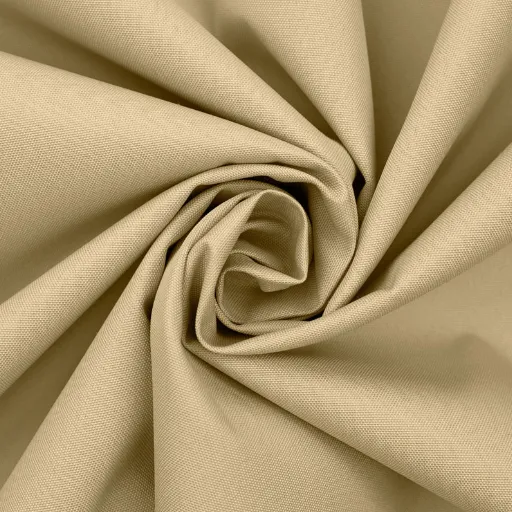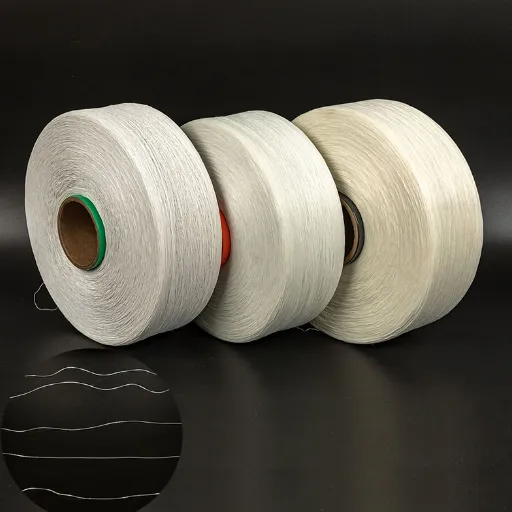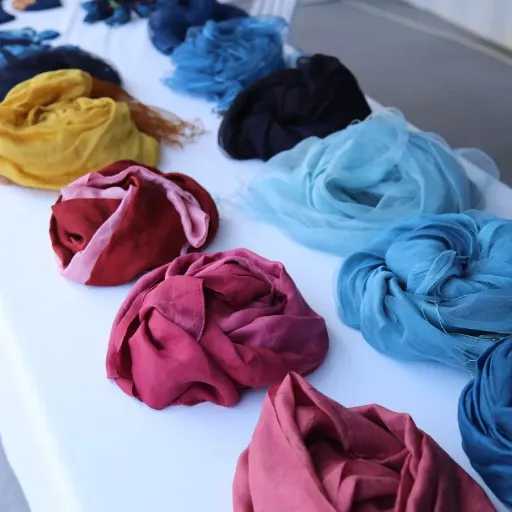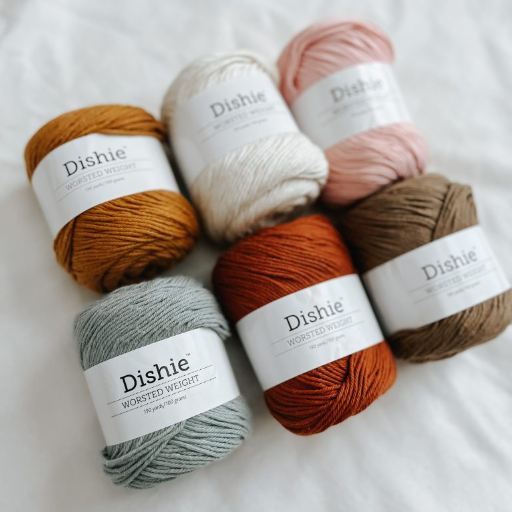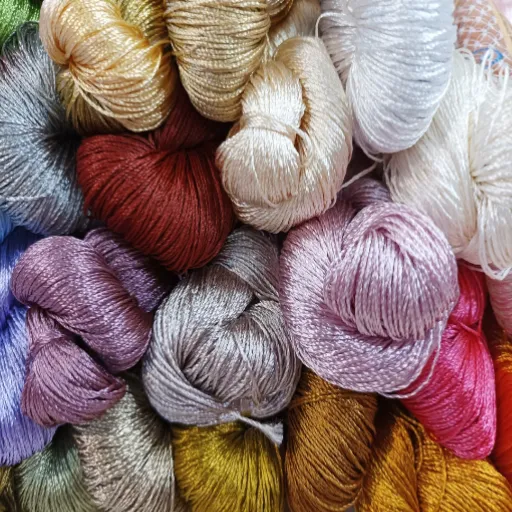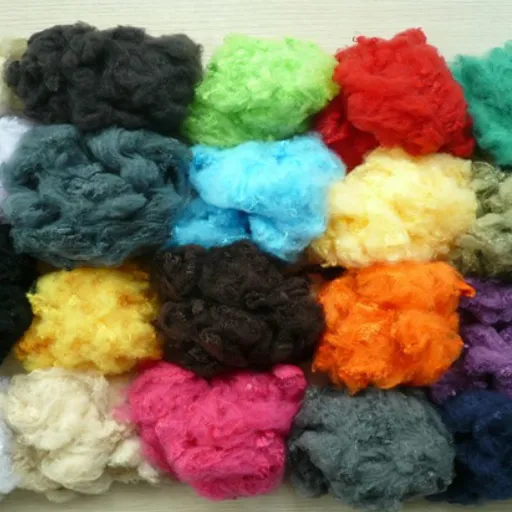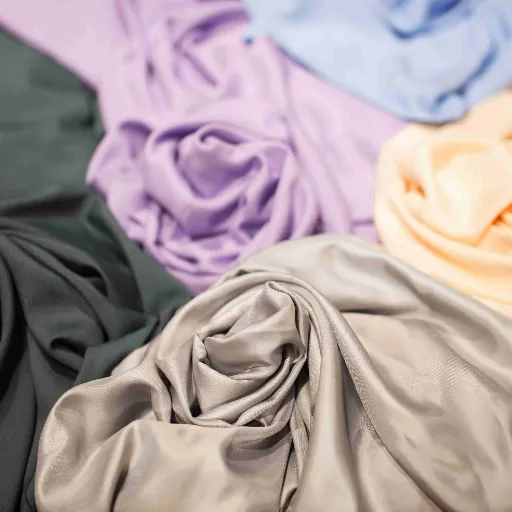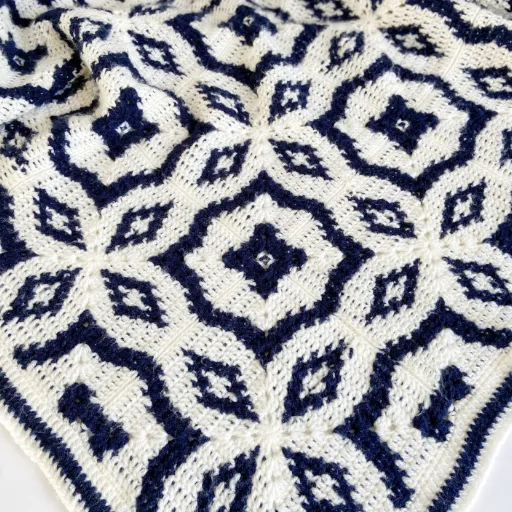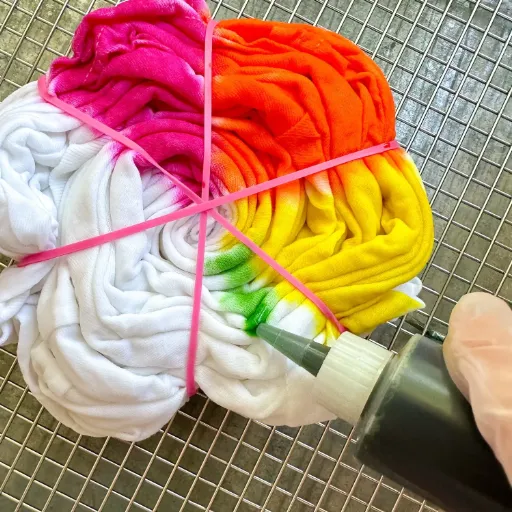The textile industry is undergoing a metamorphosis as sustainability has now gained prime attraction for consumers and businesses alike. Among the range of materials that have come to define the change, viscose rayon fiber and viscose staple fiber stand out as the versatile and eco-foundations. These fibers are becoming increasingly more prominent in this environmental movement as they replicate the properties of natural fibers, such as cotton and silk, while being relatively flexible in production methods. This article thus follows the theme of viscose fibers in the context of sustainable production by looking into ecological characteristics, applications, and new technologies with which suppliers try to diminish environmental damage. The article would thus serve as an interesting piece for both professionals and conscious customers, revealing how viscose fibers are shaping a greener future for fashion and other domains.
Introduction to Viscose and Rayon
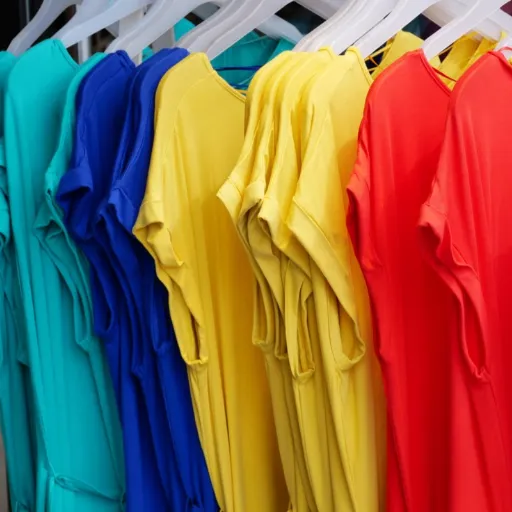
What are viscose and rayon?
Viscose and rayon are the two terms often used interchangeably to describe a semi-synthetic fiber derived from regenerated cellulose. Cellulose, which is the raw material in question, is usually gained from wood pulp or other plant sources. The process consists of chemically treating and then spinning this cellulose into fibers that may be woven into fabric. This characteristic gives these fibres a very soft, airy feel. Hence, attracting uses in clothing and textiles.
Viscose and rayon are usually chosen for clothing because they have a silky appearance and smooth texture that is less expensive to get than natural fibres, like silk. They are also versatile; they can imitate the feel and drape of many materials depending on how the fibres are processed-it could be cotton or wool. Therefore, their uses include fashion, upholstery, bed linen, and industrial products.
The question of environmental impact associated with viscose and rayon production has recently become a topic of interest. Traditionally, manufacturing processes for viscose are chemical- and water-intensive, hence unsustainable. In light of this, developments have taken place to allow for an environmentally friendly process. In this respect, a course has been charted with the industry trying to weigh the advantages of viscose and rayon against the need to lessen their environmental impact.
Difference between Viscose Staple Fiber and Other Fibers
In composition, manufacturing, and environmental footprint, the viscose staple fiber stands apart from other fibers. Whereas VSF is a semi-synthetic fiber obtained from natural cellulose and usually wood pulp, synthetic fibers are derived from petrochemicals e.g., polyester. The cellulose backbone makes VSF a biodegradable-type fiber, giving it a sustainability edge over non-biodegradable chemicals.
Compared to natural fibers, such as cotton, VSF has an extremely smooth texture and is highly versatile in use. It provides comfort and breathability equivalent to that of cotton, but an extra plus for it being softer and better in drape makes it sought after in apparel and home textile applications. However, while cotton comes directly from a plant, VSF must go through very rigorous chemical and mechanical processing, further raising questions about how environmentally friendly its production methods are, especially conventional methods.
Eco-wise, VSF has been often regarded as the more environmentally friendly option when compared to wholly synthetic fibers like nylon or acrylic because it is biodegradable and made from renewable resources. However, its sustainability depends largely on the manufacturing techniques. The greener options in the process of VSF, such as those requiring fewer chemicals and less water, are now viable for those interested in greener spaces, whereas the older processes still pose an ecological nuisance. So all in all, VSF is distinct in the fiber trade due to its balancing act between natural and synthetic properties.
Importance of Viscose in Textile Industry
Viscose occupies an important position in the textile sector due to its peculiar set of properties. Derived from the natural cellulose, it has all the properties of cotton that are softness, silk that is lustrous, and worthy of the price for being lightweight. Being adaptable means it can be converted into fabric for garments, upholstery, and even medical and hygienic purposes.
The fiber stands true to its significance in the textile business for being the very cheapest alternative to natural silk. It is made and made popular because it is cheap and has a nice luxurious finish with which one can make fancy clothes like dresses, scarves, or linings. Furthermore, it also blends well with other fibers directly, e.g., polyester, wool, and cotton, thereby rendering the application and desirability of the fiber multifold in the market.
In environmental terms, viscose gets the alternative of being more sustainable against fully synthetic fibers. When done with eco-considerations in mind, this would ensure harsh chemicals are not used, and water consumption is kept low. But much depends on the actual means of production. Efforts to improve the environmental profile of viscose manufacture are being pursued to keep the industry relevant in an age in which the textile sector increasingly proclaims sustainability.
Production of Viscose Rayon
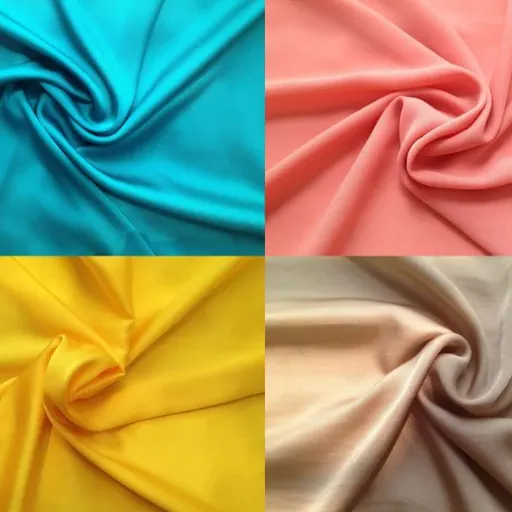
Raw Materials Used in Viscose Production
Viscose fiber is produced from cellulose, a natural polymer that forms part of the wall of plant cells. For viscose in general, the raw precursor is wood pulp from trees like spruce, pine, or beech. Therefore, trees with high cellulose content are selected because their abundance assures a steady and efficient supply.
Wood pulp is chemically treated for the extraction of pure cellulose for viscose production. During this process, lignin and hemicellulose, as well as other non-cellulose matter, are taken away. The resulting product is referred to as “dissolving pulp,” which is then processed in further steps of viscose manufacture. Sustainable forestry practices for wood supply are increasingly being focused on to make the entire production process more environmentally friendly.
Other sources of cellulose can be bamboo, cotton linters, or sugarcane bagasse. These materials consisting mostly of agricultural waste byproducts are becoming popular as a means to lessen dependence on traditional tree sources. However, their performance and scaling depend on their availability and processing requirements.
The Viscose Rayon Manufacturing Process
Several major steps in the process are involved in changing cellulose into a versatile textile material. Initially, cellulose is extracted from raw sources, such as wood pulp and others including bamboo. This raw cellulose is treated chemically, mostly with caustic soda, to produce purified alkali cellulose. This is the very first step to eliminate impurities and obtain a clean substance for further processing.
The next stage is aging the alkali cellulose, which is then held in carbon disulfide to yield cellulose xanthate. In this stage, the yellow-colored product is dissolved in a dilute sodium hydroxide solution to produce a thick liquid known as viscose. The viscose is filtered and emptied into tanks to age and stiffen because of the need for a homogenous texture and chemical consistency before extrusion.
Finally, the extrusion of the viscose solution through spinnerets—tiny holes which form the final shape of the fibers—takes place into an acid-coagulation bath comprising sulfuric acid and salts. This coagulation bath formed the basis for the reconversion of viscose back into solid cellulose fibers, which form the rayon threads. The fibers were washed, stretched, and sometimes chemically treated to pot the road for the final dry product. It is a soft, absorbent textile that is typically applied for clothing and other textile-based uses.
Quality Control in Rayon Fabric Production
Quality control is essential in rayon fiber production to have the intention for his manufacture to be kept according to standard measures and customer expectations. The process begins by strictly monitoring the raw materials, viz., cellulose, to confirm its purity and suitability in the process. Impurity or any variation in the cellulose will ultimately alter the nature of the viscose solution, in turn bringing variations wherein defects can arise in rayon fibers. Testing of cellulose and chemicals used in the process on a regular basis ensures a consistent flow of materials with very limited variation in fiber quality.
From the production stage to the fiber forming stage, there is constant monitoring to ensure uniformity of viscose solution composition and viscosity. Various key parameters relating to spinning, such as the pH of solutions and temperature, are constantly reviewed to confirm the fibers form correctly with the desired attributes, including tensile strength and flexibility. Also, the acid coagulation baths are checked and replenished whenever required to prevent any degradation or contamination that could affect fiber integrity.
The end-product includes some tests deemed very essential to test the quality of rayon fabrics. To assess absorbency, softness, and durability, the fibers undergo a series of tests. Chemical residue is also examined to verify the elimination of harmful materials, protecting the safety of the end-users. By carrying out specific and careful quality assurance at every production stage, manufacturers can supply rayon fabrics that meet all regulatory norms and customer opinions, ultimately realizing a high-quality and very trusted product.
Leading Suppliers of Viscose Staple Fiber
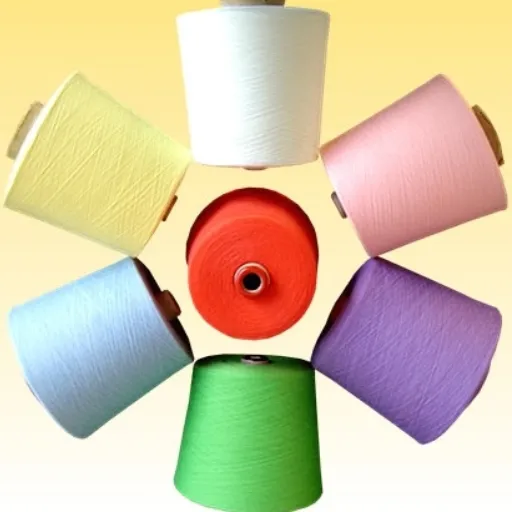
Overview of Major Viscose Producers
The global viscose staple fiber market is dominated by up to four or five major producers with established know-how, industrial operations on a large scale, and consistent product quality. These producers apply advanced technology to produce fibers that are high strength and eco-efficient for various textile and industrial applications. Their innovative ability and willingness to move toward sustainability trends ensure that they stay competitive in the changing fiber market.
Because of the availability of raw materials, availability of skilled labor, and developed infrastructure, the leading manufacturers tend to be clustered into Asia, Europe, and Northern America. Out of the available Asian countries, the significant share in production and export of viscose fibers remains with those countries that feature cost-effective manufacturing. These producers manufacture fibers specifically built for requirements like the smoothness of the texture and high absorbency, which meet the demanding application dynamics of the textile industry.
Besides joining strict environmental regulations and good practices, producers are free to monitor how wastes are disposed of in such a way as to bear less impact on ecology. Along with during the working research and development phases, they have and still do work towards increasing the production of eco-friendly viscose fiber, which nowadays enjoys popularity amongst consumers and manufacturers. In terms of technical innovations, capacity, and stringent specification criteria, these producers are at the center for explaining the demand for viscose staple fiber on the global market.
Market Share Analysis of Viscose Suppliers
The market share analysis of viscose suppliers indicates tough competition within the industry as manufacturers try to meet the increasing demand worldwide. The growth in demand is coming from an increase in the use of viscose across many industries, especially textiles, given the versatility of the fiber that can be likened to natural fiber such as cotton. In increasing share, and with sustainability being a concern factoring into a consumer and industry decision, suppliers following eco-friendly processes and stringent environmental regulations are gaining steadily.
A regional algorithm also takes crucially into account the market distribution of viscose suppliers. Being the principal regions, Asia-Pacific dominates the production and supply chain due to raw material availability, cheap labor, and good manufacturing setup. Meanwhile, demand for the product steadily rises in North America and Europe, where the fashion and home decor industries quicken the adoption of viscose as a material of choice. These markets basically provide the industry with impetus to improve and innovate in fiber quality and in doing so compete slightly better.
In addition to developing technology and production efficiency, companies must develop these to retain and develop their market shares. Research and development activities are fast on their feet to set in place machinic-processes that will satisfy environmental and consumer expectations. Suppliers who combine with these innovations and alternatively increase their distribution network will possibly secure long-term growth and competitiveness in the global viscose market.
Spotlight on Sateri and Its Innovations
It has positioned itself at the leading edge of the global viscose industry through a strong focus on innovation and sustainability. By innovating production processes that are environment-friendly with nearly zero wastage impact, keeping with the growing demand all over for sustainable practices in the textile and fashion industries, Sateri assumes a major role in fulfilling changing consumer and environmental requirements.
The company’s biggest achievement is a closed-loop production system that enables the recovery and reuse of key resources like water and chemicals. The system reduces resource consumption and pollutant emissions and hence is a crucial step in cleaner production. Moreover, Sateri has been developing the use of renewable raw materials toward building a stronger argument in favor of making responsibly sourced, circular viscose products with them.
Sateri’s concern for innovation goes hand in hand with the desire to expand its global distribution network to tap into the growing demand for sustainable textiles. Through collaboration with suppliers and stakeholders, Sateri ensures that high-quality products reach various markets in a timely manner. These strategic moves, along with the company’s focus on sustainability, heighten its growth potential and chances for competitive advantage in the viscose market. By blending technology with environmentally friendly practices, Sateri remains a beacon for the entire industry.
Market Trends in Viscose Rayon
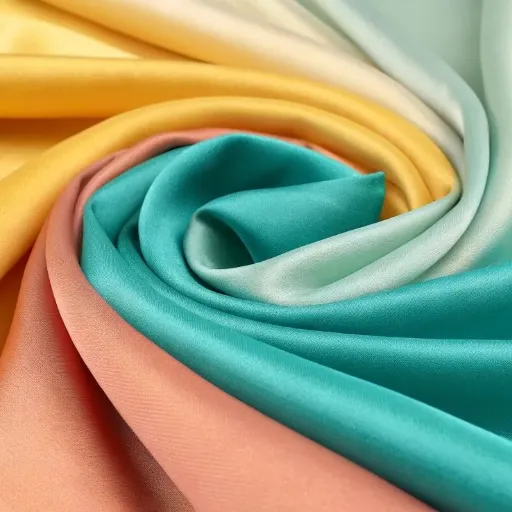
Current Trends Affecting the Viscose Market
Several key factors are influencing trends that shape and create opportunities for the viscose market. Among these, environmental concerns have gained front stage with sustainable textiles on high in demand. Consumers and regulators demand that production is carried out responsibly, and it is due to such pressure that manufacturers have taken to closed-loop processes to lessen environmental impact in any form.
Another factor plaguing the rise of fast fashion is that of inexpensive and if not, highly versatile fabrics. Viscose is still preferred due to the good touch it offers to the hand, breathability, and adaptability for specific garments in a versatility context. However, other contenders try to hold a balance between the gross volume of viscose production and environmental compliance series along with resource sustainability.
Lastly, fluctuating prices of raw materials and supply chain disruptions constitute major points of concern. The access to good raw materials like wood pulp, along with any geopolitical or economic instabilities, can impact the cost and time of production. To mitigate these risks while ensuring steady growth for the market, companies are increasingly going into investment in new technologies and in diversifying their supplier networks.
Future Projections for Viscose Staple Fiber Demand
The demand for viscose staple fiber will grow steadily in the coming years. The rising demand correlates directly with how consumers are increasingly inclined toward sustainable and biodegradable materials. Due to an increase in environmental consciousness among people, industries like apparel and home textiles have started adopting greener alternatives, making viscose staple fiber an attractive option. The versatility, softness, and near-cotton-like qualities remain crucial drivers of this trend.
The increase in population around the world and the increase in disposable incomes in emerging markets will also play a very important role in helping the rise in demand. These act as positive factors that encourage the consumption of textiles and clothing and create a huge market for all viscose products. Also, the regulatory framework and policy pressures toward sustainability compel manufacturers into greener practices that spur demand for natural and renewable fibers such as viscose.
The ongoing manufacturing innovations are expected to make production more efficient and cheaper to counter market challenges from varied raw material prices. Investments in circular economy initiatives such as recycling and waste reduction are expected to also permit sustainable production ensuring that the increasing demand for viscose staple fiber does not come at an environmental cost.
Impact of Sustainability on Market Dynamics
Sustainability is thus a critical factor in shaping the viscose staple fiber market dynamics through the framework of consumer preferences, production practices, and legislations. With increasing environment awareness, consumers demand products which are environmentally friendly and responsibly sourced. Such demand drives producers to adopt a manufacturing practice based on sustainability so as to retain competition.
On the side of production, sustainability measures include considerations of renewable raw materials, energy efficiency, and reduction of chemical waste materials, while technologies involved in environmental-friendly viscose production and stricter regulations of the government groups are also being promoted and vigorously pursued by the producers. This is good for further environmental conservation, for the stains it puts on their brand, and on their consumer trust.
On a grander scale, sustainability impacts the entire market by facilitating collaboration across the value chain. Stakeholders-interlude producers, suppliers, policymakers-are collaborating in the search for circular economy solutions. Recycling and reusing waste materials make for a sustainable lifecycle in viscose fiber, thereby ensuring the growth of the market while diminishing ecological damage. Increase in importance of sustainability is pronounced enough to bring about major changes in the viscose staple fiber sector.
Environmental Impact of Viscose Rayon Production

Assessing the Ecological Footprint of Viscose
The process of producing viscose rayon is environmentally unavoidable because it exploits such environmental resources and chemical processes. The main raw material is wood pulp sourced from trees in managed or natural forests. Such can cause deforestation and loss of biodiversity, especially under unsustainable sourcing. The processes further require large quantities of water and energy, thereby causing resource depletion.
Another major concern is that of chemicals used in viscose production. Carbon disulfide and sodium hydroxide represent some of the harmful chemicals used throughout the manufacturing processes. They become a pollutant threat to air, water, and soil if disposed of ineffectively or if their containment is breached; therefore, ecosystems and local populations bear the negative consequences from such exposure. On the upside, closed-system configurations counteract much of the pollution by recycling the chemicals for reuse in-process.
On the verge of minimising viscose’s environmental footprint, attempts are being made. The industry environmental rating has improved with sustainable raw material sourcing, waste disposal methods, and advancements in technology. Certification initiatives and strict regulatory policies promote environmental conservation so that the demand for viscose will not outstrip the ability of the environment to provide.
Challenges in Sustainable Viscose Production
Though much has happened in the past three decades, viscose production remains sustainable only in theory. One big problem is in the raw material sourcing, particularly the wood pulp that serves as its primary input. Wood harvesting often involves deforestation and destruction of habitats, with efforts to procure wood in conformity with expeditions to sustain another prohibited from being completely agreed upon in global supply chains.
The management of chemicals used in viscose production remains another challenge. Chemicals are used, with carbon disulfide being one of them, which can pose threats to the workers and the surrounding environment if the utmost precautions with respect to handling or disposal are not taken. Technologies are being introduced to minimize chemical use and eliminate pollution so that they can operate under a closed-loop principle, but such technologies are inaccessible in many parts of the world for SMEs.
There seems to be a loophole in enacting strict regulation and certification across the whole industry. While many organizations set standards to stimulate sustainable production, some areas are still missing when it comes to compliance and monitoring. Addressing these issues through supply chain transparency and stakeholder collaboration will therefore be important if we want viscose production to be sustainably done across the world.
Case Studies on Environmentally Friendly Practices
Per Se: Closed-Loop Production Systems
The principle sustainability promoted in the viscose process is the install of a closed loop production system. It is a method of chemical recovery, for recycling chemicals in the process, thus minimizing pollution and waste discharged into the environment. A closed loop system cuts down on the environmental damage associated with the viscose process by drastically lowering the chemicals released into the environment. Certain plants have installed this technique as an example of how sustainability can be imbibed without sacrificing efficient production.
Going Greener: Reducing Water Consumption with Innovative Technologies
Water consumption is quite considerable in viscose production. Some case studies represent a few practices that were aimed at the reduction of water usage from the manufacturing process. For example, with the introduction of an advanced water treatment and recycling system in a viscose production facility, the water gets returned and is used a number of times before being returned to the environment. This not only decreases the environmental footprint but also enhances the sustainability of operations in locations where water shortage is an abject concern. Such innovations serve to set an example of harnessing these water-efficient practices at a wider level by the industry.
Collaborative Efforts for Sustainable Sourcing
Relations with stakeholders, including suppliers, manufacturers, and other regulatory agencies, are essential in the development of demand for eco-friendly viscose production. Case studies exhibit that working cooperatively with sustainable forestry programs ensures a responsible procurement of raw materials, in this instance, wood pulp. This thus prevents deforestation and promotes biodiversity conservation. On the other hand, the transparency within the supply chain develops trust and assures companies to abide by environmentally conscious standards. Hence, these cannot be separated from each other in showing that collaboration remains essential to develop a more sustainable viscose industry.
Frequently Asked Questions (FAQ)
Q: What is viscose rayon and how does one produce it?
A: Viscose rayon, a synthetic fiber, is made of regenerated cellulose and hence made from wood pulp. Cellulose is dissolved in a chemical liquid solution usually carbon disulphide, making a viscous solution. This solution is then passed through spinnerets to form fibers, which are then regenerated into a material resembling silk. Top viscose rayon producers maintain a focus on consistency and sustainability in their production.
Q: What are the types of rayon?
A: There are several types of rayons, such as viscose, modal, and lyocell. Viscose is chiefly produced, whilst modal and lyocell are synonymous with better moisture absorbency and drapability. Modal and lyocell can be considered environmentally friendly alternatives in some instances as their production processes can employ closed-loop systems minimizing environmental impact.
Q: Is viscose rayon harmful to the environment?
A: Depending on the method of production, viscose-rayon-making processes can be harmful to the environment. Whereas older methods with their harmful solvents are damaging, many producers are now adopting a sustainable method of rayon that cares for nature. This method of production uses benign solvents and ensures that the source of pulp is from managed forest lands, such as FSC-certified eucalyptus and beech trees.
Q: What are the principal applications of viscose rayon in textiles?
A: It is used for various textile products-from clothes to home furnishings. Being silk-like with excellent drape, viscose finds usage in garments that benefit moisture absorption in activewear and bed linen. The fiber is also easy to dye, providing for bright and varied color options.
Q: How are modal and lyocell different from normal viscose-rayon?
A: Modal and lyocell come from wood pulp like traditional viscose rayon but are produced through more sustainable methods. Modal is often made from beech trees, known for its softness and durability; lyocell, in contrast, is manufactured employing a closed-loop process that recycles solvents, thus making it an environmentally friendly alternative to outright rayon production.
Q: What does a sustainability report for a viscose rayon producer typically include?
A: A sustainability report from a viscose rayon producer usually points toward the environmental impact of the company and how they manage resources and perhaps endeavor to follow the sustainability path. This might refer to the use of green materials, methods to reduce waste, and buying pulp from responsibly managed forests, together with other measures toward making the product biodegrade faster and lessen carbon emissions.
Q: What is the role of solvents used during the process of producing viscose rayon?
A: Solvents, particularly carbon disulphide, are necessary for viscose rayon production. Cellulose should be dissolved in these to a viscous state that can be extruded to fibers. However, environmental issues have come up due to this use of solvents, and producers are now in search of safer and more sustainable alternatives in their process.








